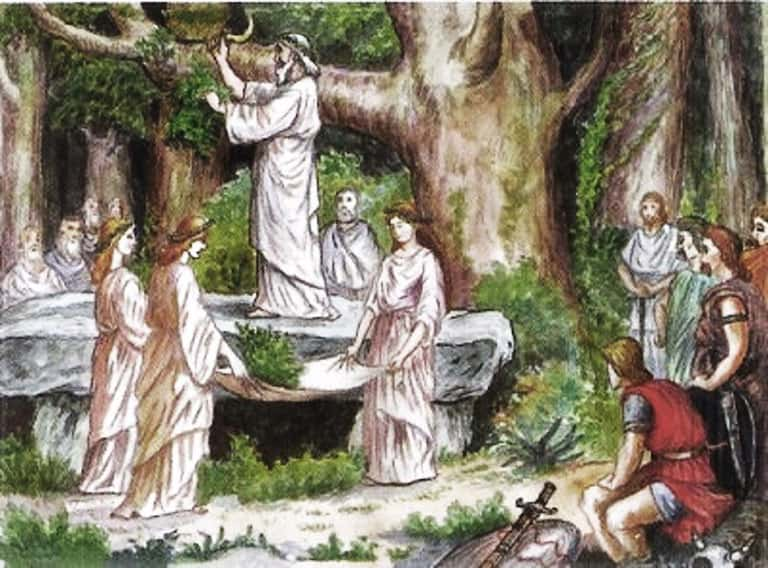In the early middle ages mistletoe represented a sacred oath that hosts would not kill their guests be they friends or enemies

In the Early Middle Ages, Mistletoe: A Symbolic Oath of Life and Friendship

Mistletoe, with its mystical and enchanting presence, has been intertwined with human customs and beliefs since ancient times. With its distinctive beauty and elusive nature, mistletoe holds a prominent place in the folklore and traditions of various cultures around the world. In this article, we delve into the fascinating historical significance of mistletoe during the early Middle Ages - a time when it represented a sacred oath regarding the preservation of life and friendship.
The use of mistletoe as a symbol of mutual understanding and peace can be traced back to ancient civilizations, such as the Celtic people. According to Celtic mythology, mistletoe was considered a sacred plant that possessed magical properties. It was believed to bring good fortune, protection, and fertility.
During the early Middle Ages, mistletoe became associated with an ancient tradition that emphasized the importance of hospitality and honoring guests. In this era, a humble sprig of mistletoe held a significant role in ensuring the safety and well-being of those who sought shelter. It represented a solemn oath taken by hosts, assuring their guests that they would not cause them harm, regardless of their friendship or enmity.
This tradition of offering sanctuary under the mistletoe was deeply rooted in the medieval concept of honor and chivalry. It reflected the prevailing belief in the sacredness of oaths and the moral obligation to protect fellow human beings. The act of granting peace and safety under mistletoe symbolized a temporary truce, which required both parties to abstain from violence while dwelling together.

In the context of feasts and gatherings, mistletoe served as a visible reminder of this oath, allowing individuals to celebrate in a harmonious and convivial atmosphere. By invoking the symbolic power of mistletoe, hosts demonstrated their commitment to upholding the principles of hospitality and goodwill.
The influence of mistletoe on the social fabric of medieval society extended far beyond friendship and hospitality. It also became entwined with romantic notions of love and courtship. The idea of stealing a kiss under the mistletoe originated during this period, embodying the spirit of affection and romance. Couples would exchange a gentle kiss beneath its delicate branches, believing it to be a promise of happiness and everlasting love.
Today, mistletoe is still a cherished emblem of the holiday season, evoking a sense of joy, love, and togetherness. Although the early Middle Ages have long passed, the ancient tradition of mistletoe as a symbol of peace and sacred oaths continues to inspire us during the festive season.
Source: History Extra
Related Posts
Quick Links
Legal Stuff

